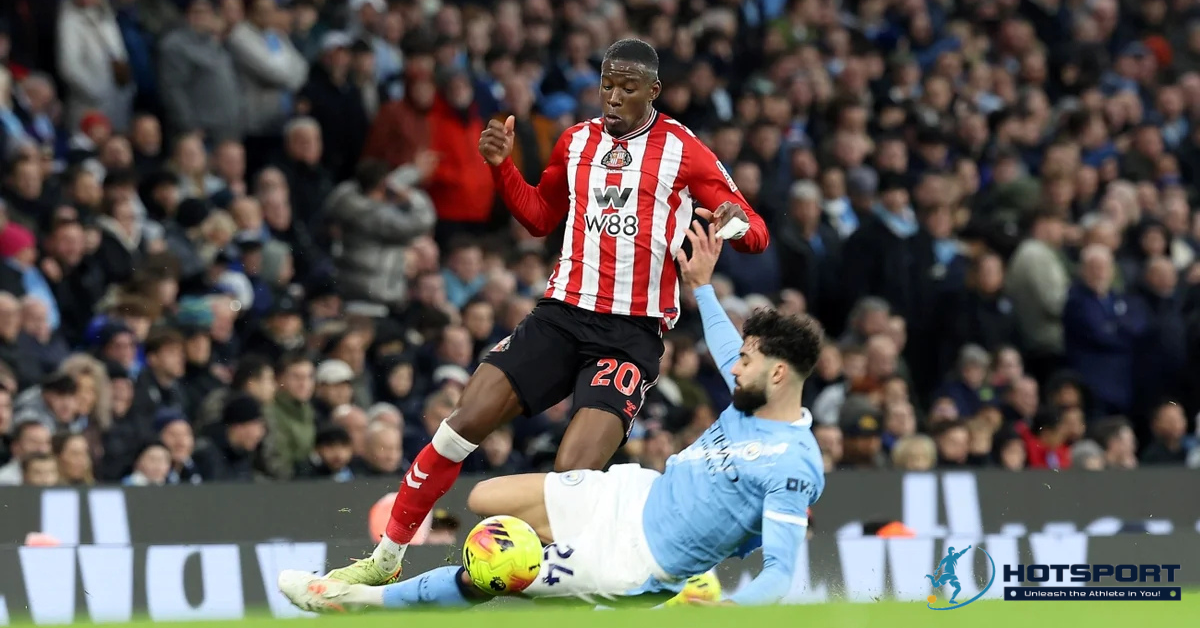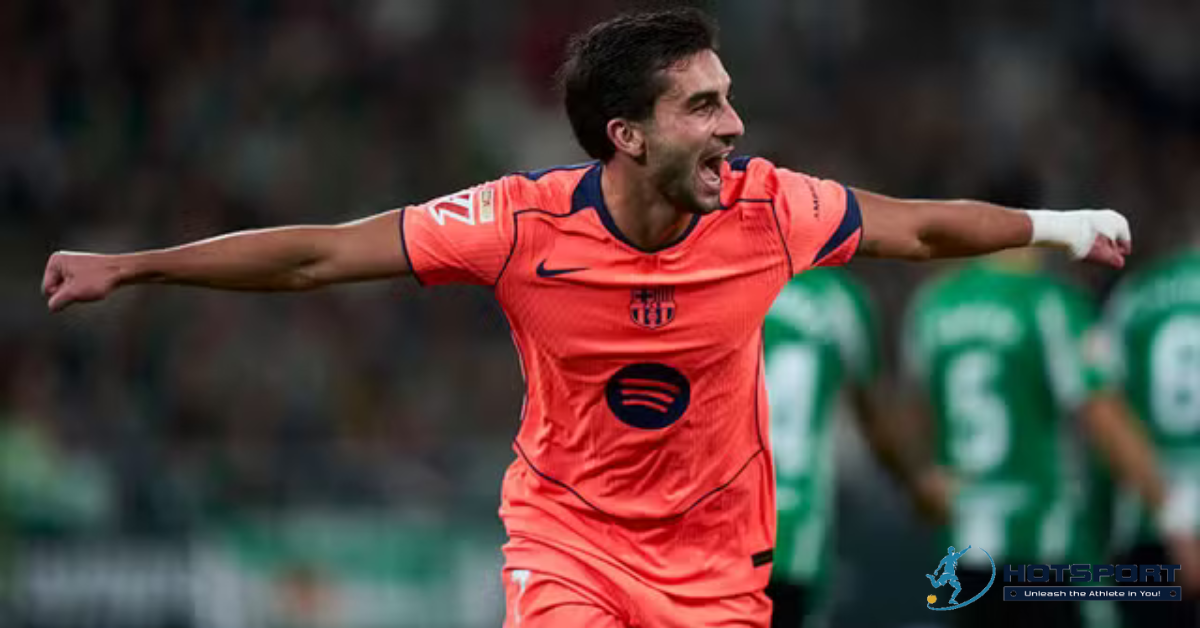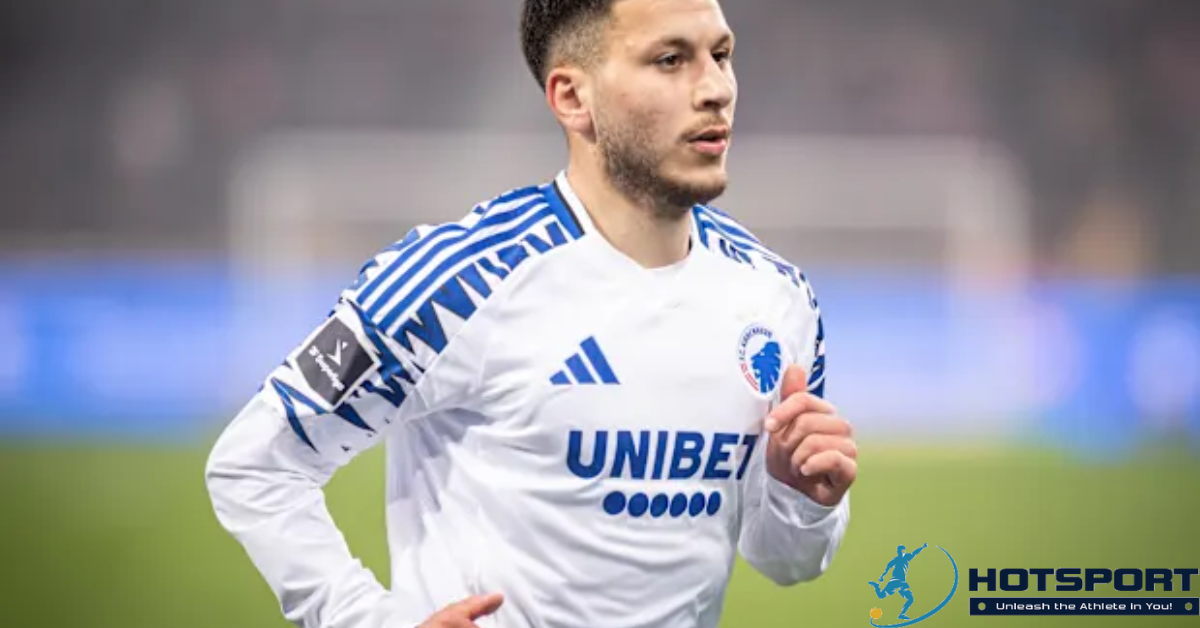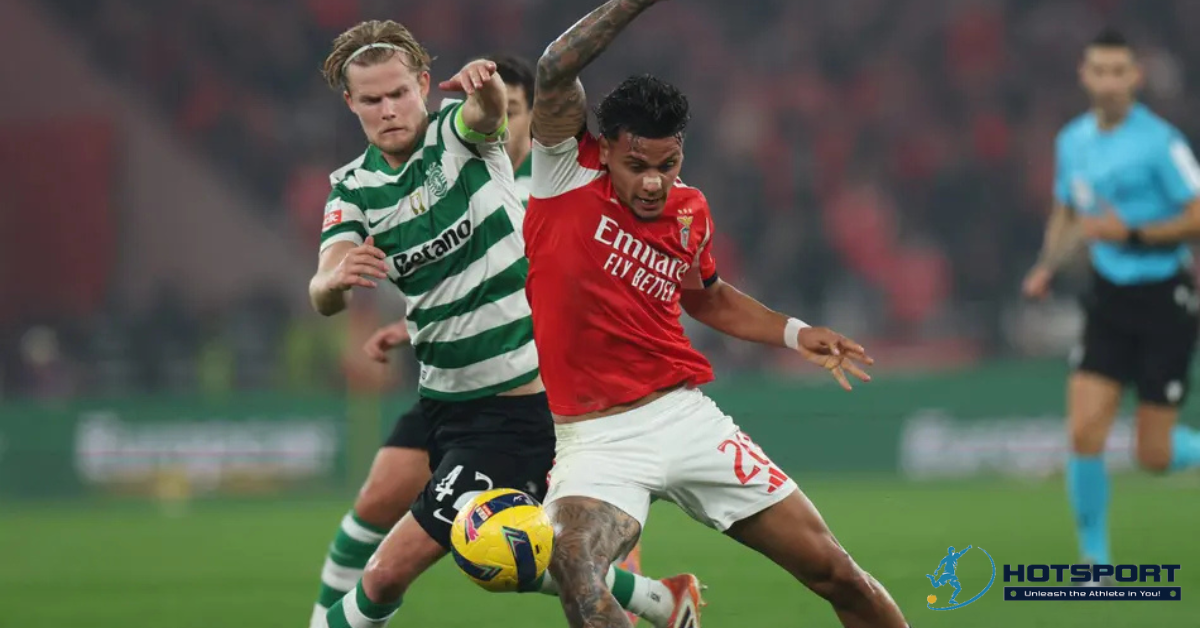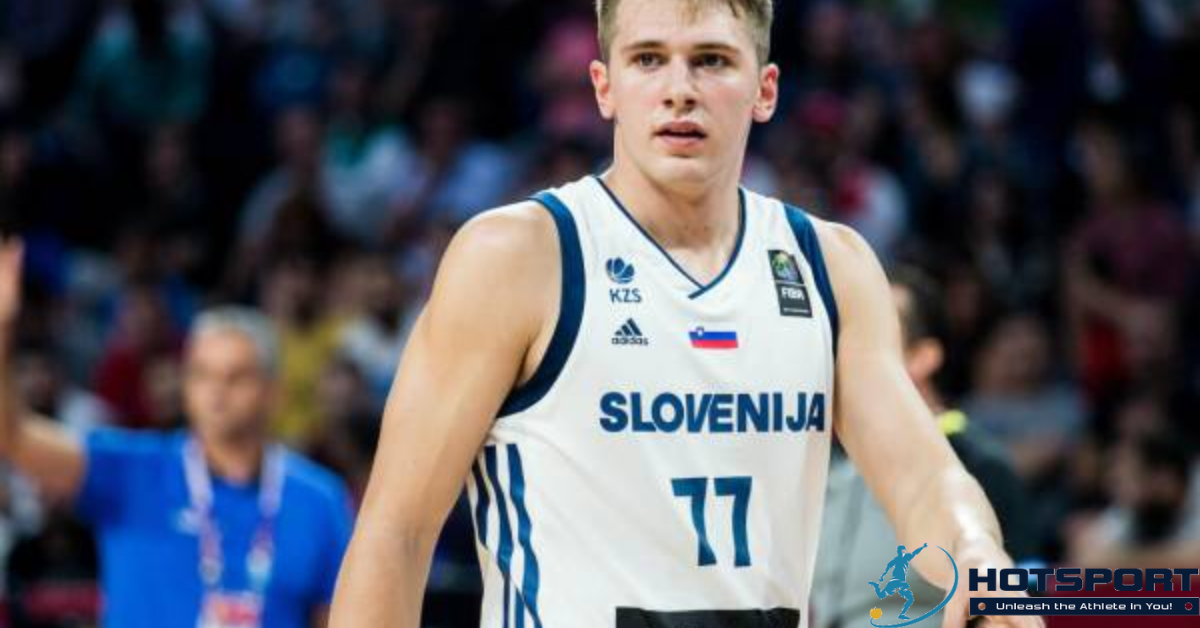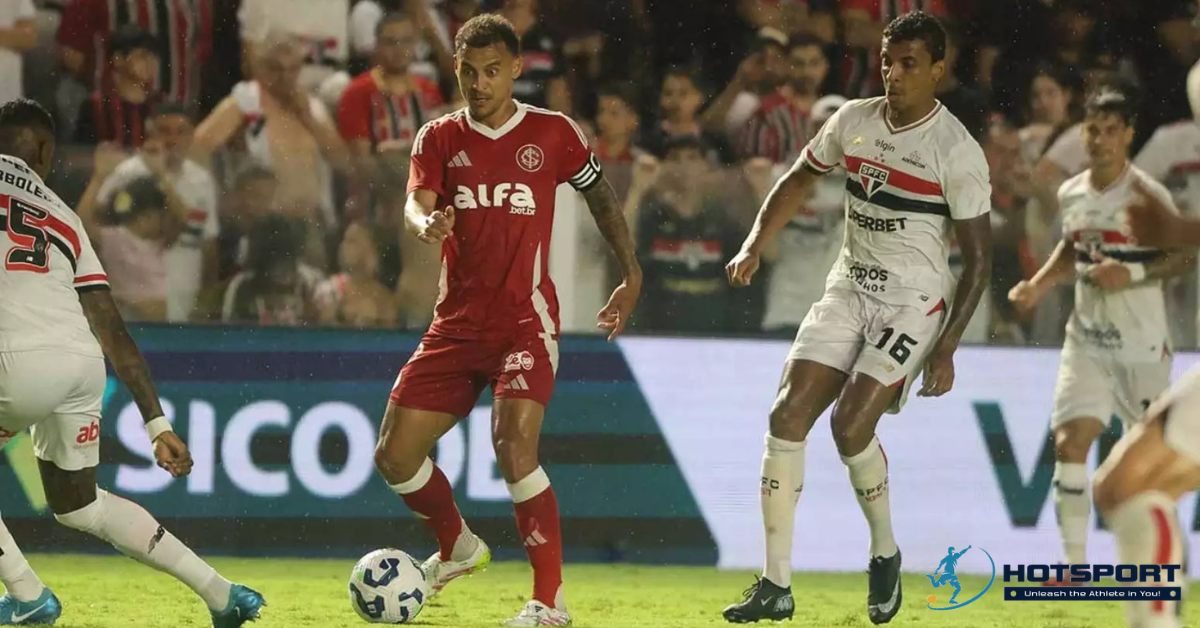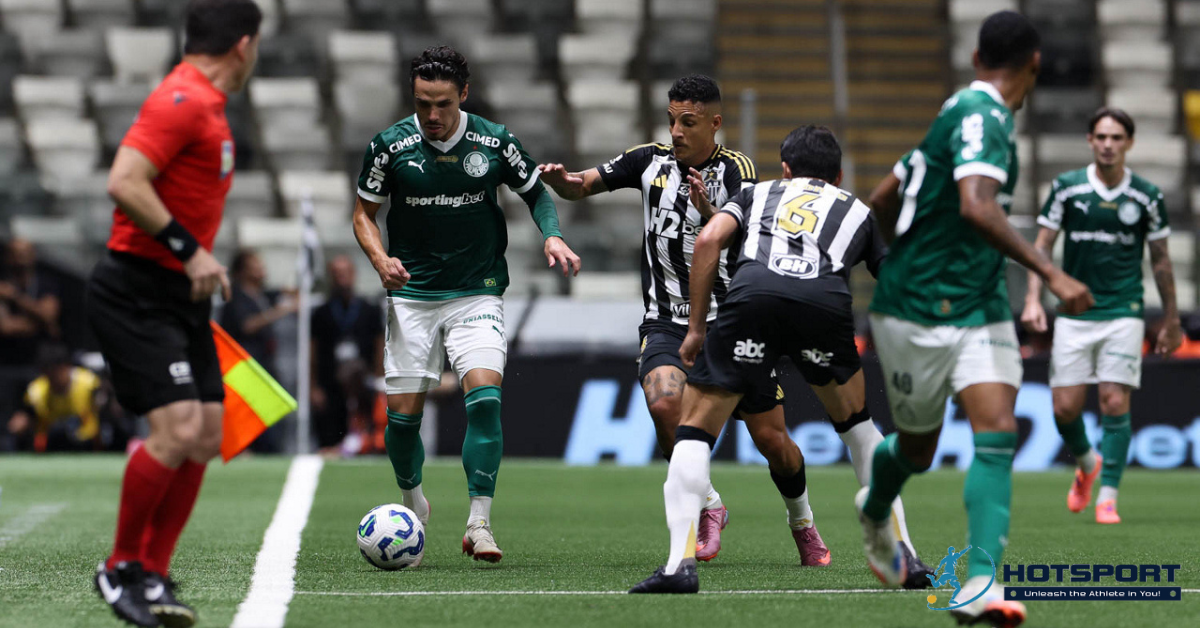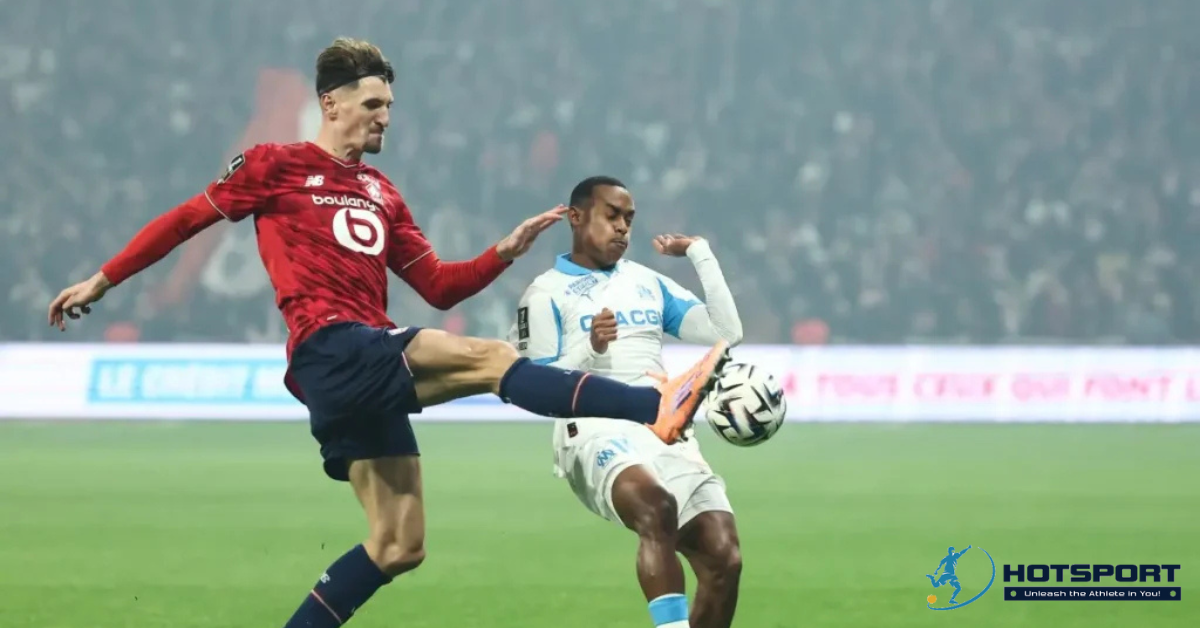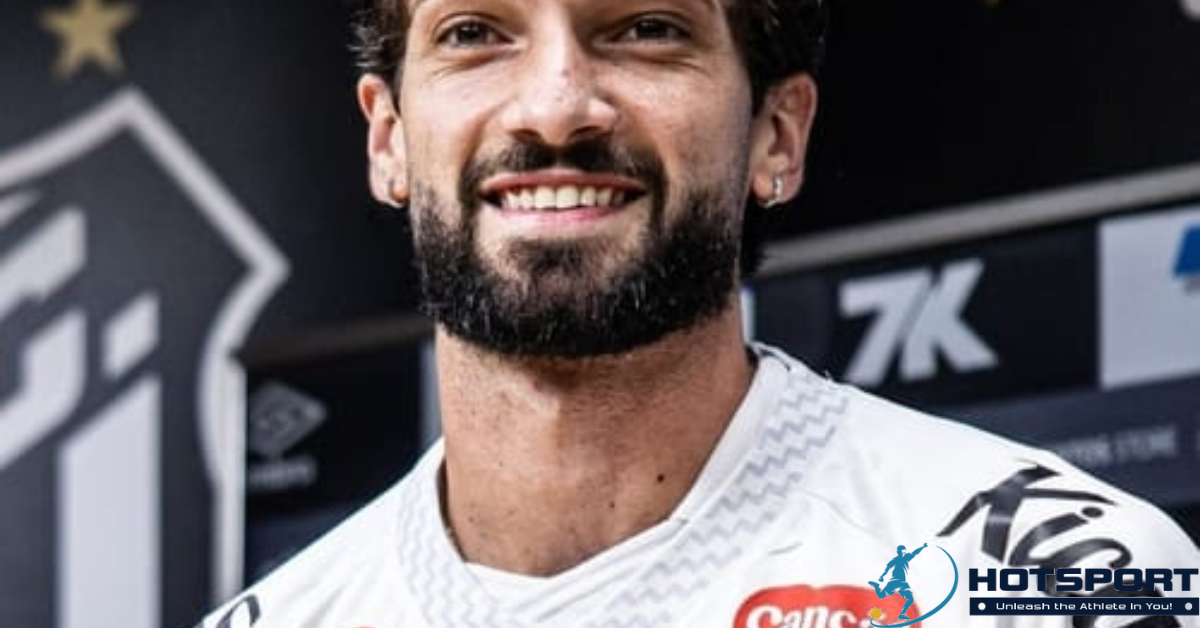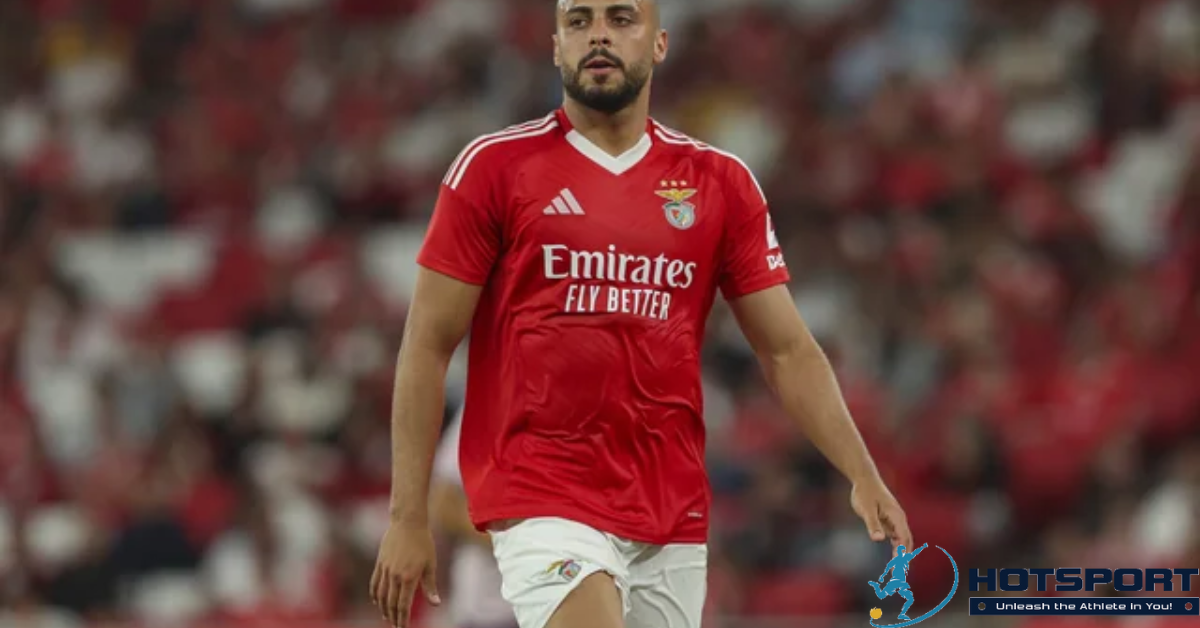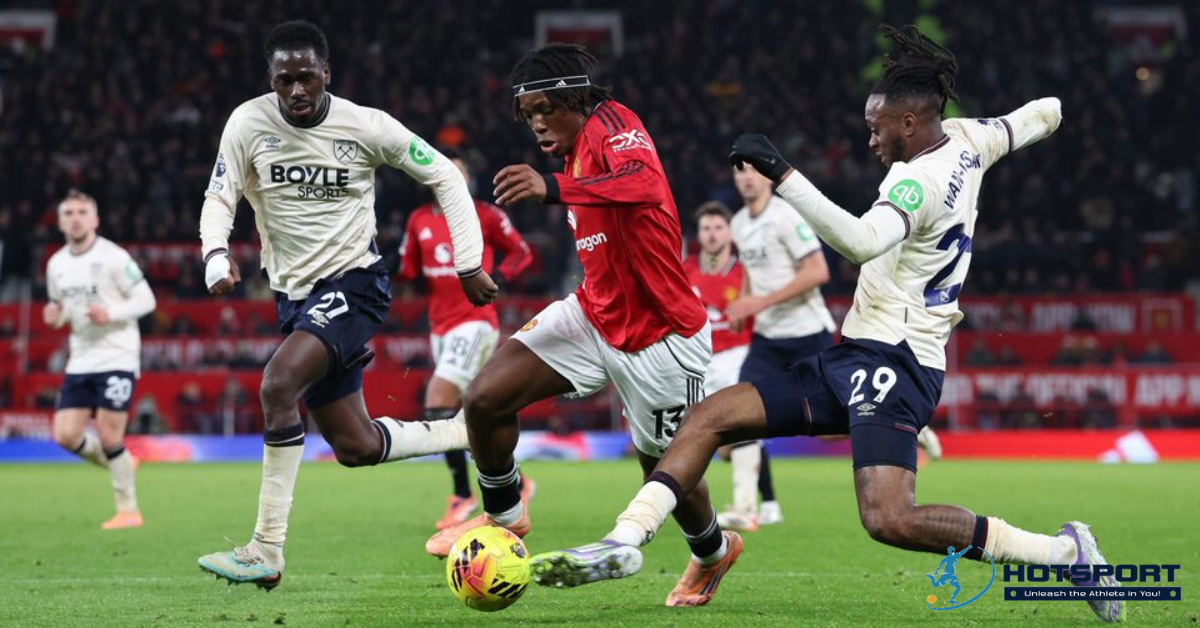Introduction – Manchester City vs Sunderland
The Manchester City vs. Sunderland match, held on December 6, 2025, was much more than a simple Premier League clash. It was a game loaded with context, pressure, expectation, and a direct impact on the fight for the top spot. Manchester City, accustomed to the most intense battles in English football, knew that any slip-up could cost them the top of the table—therefore, they took to the field with an aggressive posture, a solid strategy, and a desire to show their strength at home.
Sunderland, on the other hand, despite having a competitive season, knew they would be facing one of the most talented squads in the league. Their tactic was clear: resist, defend well, look for counter-attacks, and exploit any defensive weaknesses in City. However, in a vibrant and pulsating Etihad, the Citizens’ technical and tactical superiority prevailed from the start.
The 3-0 victory, built with organization, talent, and intensity, not only secured three important points—it sent a message to the entire Premier League: City is alive, focused, and ready to turn the title race around. This match became emblematic because it represents exactly what the Premier League is: unpredictable, exciting, and full of competitive significance.
In the following paragraphs, you will find the most complete analysis available: context, in-depth statistics, tactical impact, individual highlights, specific analyses, and projections for the future of the season.
Pre-match – Maximum pressure on City and expectation of resistance from Sunderland
Manchester City’s situation before the match.
City entered the game under pressure. After weeks of squandering important points, the team needed to regain confidence—and quickly. Beyond the need for a win, there was also the concern of preventing the Premier League leaders from pulling away in the standings. The fans demanded intensity, precision, and a game that reflected the squad’s firepower.
For this match, the idea was clear: territorial dominance from the first minutes, quick ball circulation, width on the flanks, and aggressive finishing. The focus was on breaking down Sunderland’s tight defense with speed and alternating plays.
Sunderland’s previous stance
On the visiting side, the strategy was classic: low defensive lines, total compactness in the final third, quick transitions, and attempts to surprise with long balls. It was a plan dependent on patience and defensive discipline—something difficult to sustain against City, but which still offered some resistance for a few minutes.
The game – City’s absolute dominance with goals, control and maturity: Manchester City vs Sunderland
First half – Two quick goals and emotional control
The first half was almost entirely dominated by Manchester City. Rúben Dias’ goal, in the 31st minute, came from a well-placed shot from medium range — an unusual move for a defender, but one that showcased his confidence and game reading.
Just four minutes later, Gvardiol extended the lead with a header from a corner. City not only scored early but also imposed constant pressure, with solid possession, pressing after losing the ball, and intelligent occupation of the attacking half.
Sunderland could barely breathe — and when they recovered the ball, they were forced to give it back because of City’s coordinated pressure.
Second half – Administration, technique and the final blow
In the final stage, the pace remained high. City maintained their organization, avoiding unnecessary risks and looking for intelligent transitions. The third goal, scored by Phil Foden in the 65th minute, came from a patiently constructed play, a quick change of flank, and a precise cross.
Sunderland tried to fight back in the final minutes, but City’s defense was relentless. To make matters worse, the visiting team suffered a sending-off at the end, ending the match with a feeling of frustration and helplessness in the face of their opponent’s superiority.
Full match statistics – Manchester City vs Sunderland
| Statistic | Manchester City | Sunderland |
|---|---|---|
| Final score | 3 | 0 |
| Ball possession (%) | 63.9% | 36.1% |
| Total shots | 18 | 8 |
| Shots on target | 6 | 1 |
| Blocked shots | 5 | 3 |
| Goalkeeper saves | 1 | 4 |
| Corner kicks | 6 | 5 |
| Accurate passes | 568 | 287 |
| Pass accuracy (%) | 90% | 78% |
| Yellow cards | 1 | 0 |
| Red cards | 0 | 1 |
| Expected goals (xG) | 2.37 | 0.41 |
| Disarms | 15 | 10 |
| Loss of possession | 9 | 22 |
Tactical analysis – Why City dominated and Sunderland didn’t threaten Manchester City vs Sunderland
Manchester City’s strengths
- Taking advantage of opportunities : even with few clear chances in the first half, he converted two; then, he secured the lead with ease.
- Defensive balance + offensive aggression : the defense marked well, the midfield held firm, and the attack finished with precision — the ideal combination.
- Control of pace and possession : with over 60% possession, they dictated the tempo, tired out their opponents, and avoided any scares.
- Variety in build-up play : wing play, crosses, long-range shots and set pieces — versatility that disrupted Sunderland’s defensive plan.
Limitations and shortcomings of Sunderland
- The defense is exposed, vulnerable to shots from outside the box and crosses.
- Lack of offensive depth and poor precision in transitions.
- Difficulty in maintaining possession and reacting to intense pressure.
- Lack of intensity in the second half and inability to capitalize on set-piece opportunities.
Individual highlights – Who shone at the Etihad Manchester City vs Sunderland
Phil Foden – The conductor of the night
Besides scoring one of the goals, Foden was the most creative player in the match. He dribbled, shot, passed, and orchestrated the play. His reading of the spaces between the lines destabilized the opposing defense.
Gvardiol – Goalscoring and flawless defender
Besides the goal, Gvardiol was a monster in defense: he won duels, blocked shots, and offered clean passes down the left flank.
Rúben Dias – Leadership and precision
A defender who scores goals and commands the defense with authority. His presence was decisive in the defensive phase and in building the game.
Cherki – Efficiency and maturity
Responsible for providing assists and creating numerical superiority on the flanks. An important player in both short and long transitions.
Impact of victory – Rivalry at the top, high morale and renewed pressure.
- With the three points, Manchester City reduced the gap to the top of the Premier League — they are now just two points behind the leader.
- The team regained confidence and reaffirmed that, even with difficult matches, it is ready to fight until the end. The defensive and offensive consistency was a clear message to the competitors.
- For Sunderland, the defeat reinforces defensive weaknesses and the difficulty of containing attacking powerhouses away from home — despite a good campaign, there are still clear limitations.
- The result reignites the title race, puts City in direct contention at the top, and transforms the next few rounds into a battle of nerves, strategy, and precision.
What does this victory reveal about City this season?
The consistency shown by City reinforces the idea that the team is at its competitive peak. The team has learned to deal with bad spells, found solutions within its own squad, and regained the confidence needed to compete at the highest level.
How does this game affect morale, rivalries, and future expectations?
With this result, City demonstrates that they are still the team to beat in the Premier League. The internal atmosphere improves, the fans regain faith, and their direct rivals begin to feel the pressure.
What to expect from City in the upcoming games
The trend points towards more intensity, more dominance, and more confidence. City is shooting more, creating more chances, and is getting closer and closer to a dominant run.
Conclusion – Manchester City vs Sunderland
Manchester City’s 3-0 victory over Sunderland was not just another chapter in the Premier League calendar. It represented a narrative shift, a reaffirmation of identity, and an undeniable display of strength. In a league where every detail matters and any slip-up can redefine the standings, City showed competitive maturity, emotional solidity, and a tactical ability worthy of a team constantly fighting for top European positions.
The Citizens won not only through technical superiority, but also through initiative, territorial control, collective intelligence, and efficiency in decisive moments. This type of performance—dominance with intensity, creation of varied opportunities, and defensive stability—is exactly the pattern that transforms a strong team into a championship team.
From a psychological point of view, this result is also symbolic. It puts City back at the center of the title race, increases internal confidence, strengthens the atmosphere in the locker room, and rekindles the enthusiasm of a fanbase accustomed to victories. Wins like this act as fuel for the following rounds, directly influencing the team’s mental attitude in the more difficult matches to come.
For Sunderland, the game serves as an important wake-up call: the team needs to adjust its defensive model and find more efficient ways to compete against higher-level opponents. Even so, the defeat doesn’t diminish the value of their work; it merely highlights the gap that still exists between clubs with different levels of squad depth.
In short, this 3-0 victory is not just an impressive result, but a testament to what Manchester City can—and probably will—still offer this season. The title race is alive, wide open, and now more intense than ever.
FAQs – Frequently Asked Questions Manchester City vs Sunderland
1. What was the result of Manchester City vs. Sunderland?
City won convincingly 3-0.
2. Who scored the goals?
Rúben Dias, Gvardiol and Phil Foden.
3. Did City dominate the game?
Yes. The team controlled possession, shots on goal, pressure, and territory.
4. How did Sunderland try to play?
With low pressing, compact defense, and counter-attacking attempts.
5. Who was the best player in the game?
Phil Foden, for his combination of creativity, goal-scoring ability, and technical control.
6. Did City move up the table with this result?
Yes. He closed the gap on the leader and reduced the difference to just two points.
7. What was City’s defensive approach like?
Extremely solid, with coordinated pressures and few risks involved.
8. Did City make few technical errors?
Yes. The team had very high passing accuracy and emotional control.
9. Does this result change the course of the Premier League?
Yes, it changes things — it reinforces City as a direct contender for the title.
10. How did the fans react to the performance?
With enthusiasm. The team returned to delivering a high-level performance.

